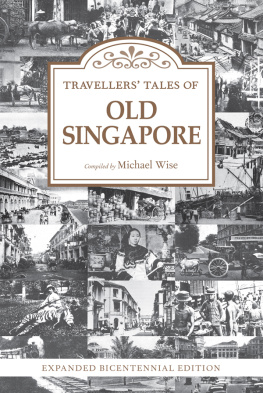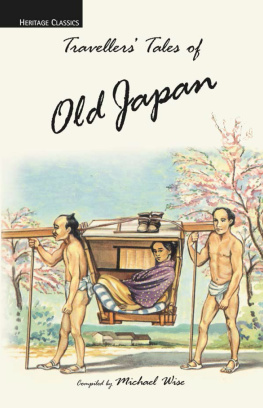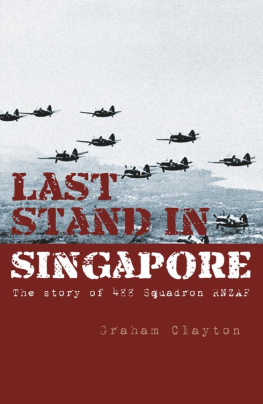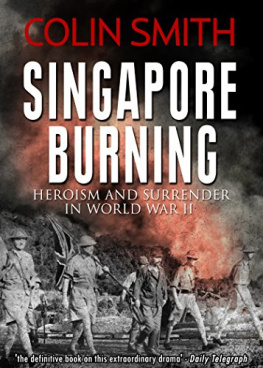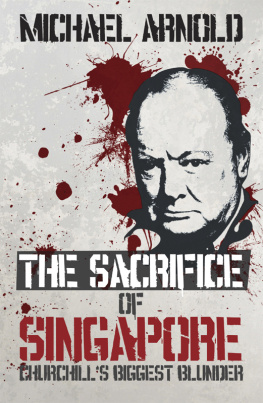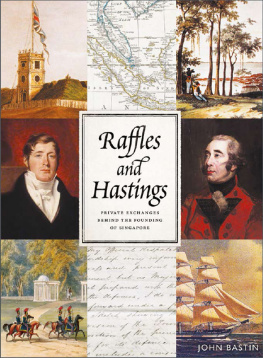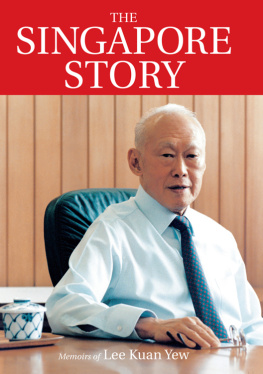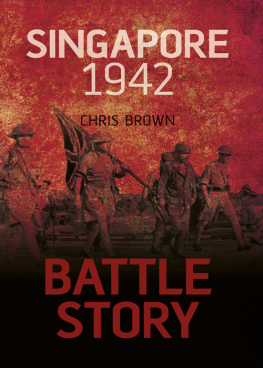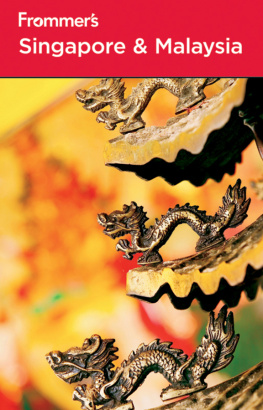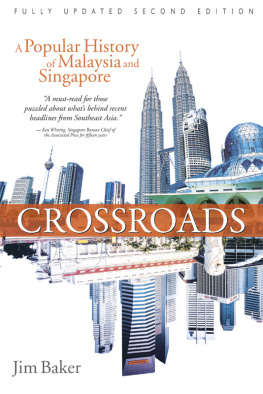
Compilation 1985, 2018 Michael Wise
First published in 1985 by Times Books International
Facsimile edition published in 2008. Reprinted in 2013
This expanded edition is published in 2018, reprinted 2019
Published by Marshall Cavendish Editions
An imprint of Marshall Cavendish International

All rights reserved
No part of this publication may be reproduced, stored in a retrieval system or transmitted, in any form or by any means, electronic, mechanical, photocopying, recording or otherwise, without the prior permission of the copyright owner. Requests for permission should be addressed to the Publisher, Marshall Cavendish International (Asia) Private Limited, 1 New Industrial Road, Singapore 536196. Tel: (65) 6213 9300. E-mail:
Website: www.marshallcavendish.com/genref
The publisher makes no representation or warranties with respect to the contents of this book, and specifically disclaims any implied warranties or merchantability or fitness for any particular purpose, and shall in no event be liable for any loss of profit or any other commercial damage, including but not limited to special, incidental, consequential, or other damages.
Other Marshall Cavendish Offices:
Marshall Cavendish Corporation. 99 White Plains Road, Tarrytown NY 10591-9001, USA Marshall Cavendish International (Thailand) Co Ltd. 253 Asoke, 12th Flr, Sukhumvit 21 Road, Klongtoey Nua, Wattana, Bangkok 10110, Thailand Marshall Cavendish (Malaysia) Sdn Bhd, Times Subang, Lot 46, Subang Hi-Tech Industrial Park, Batu Tiga, 40000 Shah Alam, Selangor Darul Ehsan, Malaysia
Marshall Cavendish is a registered trademark of Times Publishing Limited
National Library Board Singapore Cataloguing-in-Publication Data
Name(s): Wise, Michael,1937-, compiler.
Title: Travellers tales of old Singapore / compiled by Michael Wise.
Description: Expanded bicentennial edition. | Singapore : Marshall Cavendish Editions, 2018. | First published in 1985 by Times Books International. | Includes index.
Identifier(s): OCN 1038503532 | e-ISBN: 978 981 4828 45 1
Subject(s): LCSH: SingaporeDescription and travel.
Classification: DDC 915.957043dc23
Printed in Singapore
Note to the Reader
Our aim in presenting Travellers Tales of Old Singapore is to give voice to a representative band of travellers from the past, speaking in their own words about Singapore as they found it. Some of their material a very small part contains expressions which today may be considered racist in tone. These have been included here to reflect accurately the spirit of their time, and with the intention of conveying a proper sense of the place and period concerned.
Similarly their individual spelling and punctuation have been retained throughout for complete authenticity, even when not conforming to accepted usage.
All the views expressed in this book are those of the original authors and are not necessarily shared by the present publisher or compiler.
CONTENTS
ILLUSTRATIONS
Title
The illustrations in this book have been reproduced from vintage picture-postcards showing aspects of Singapore life in the past. Most of these were made available from private collections, and the publisher and compiler wish to acknowledge and record the kind assistance given in this connection by the following Lim Kheng Chye, Andrew Tan Kim Guan and Paul Yap Kong Meng.
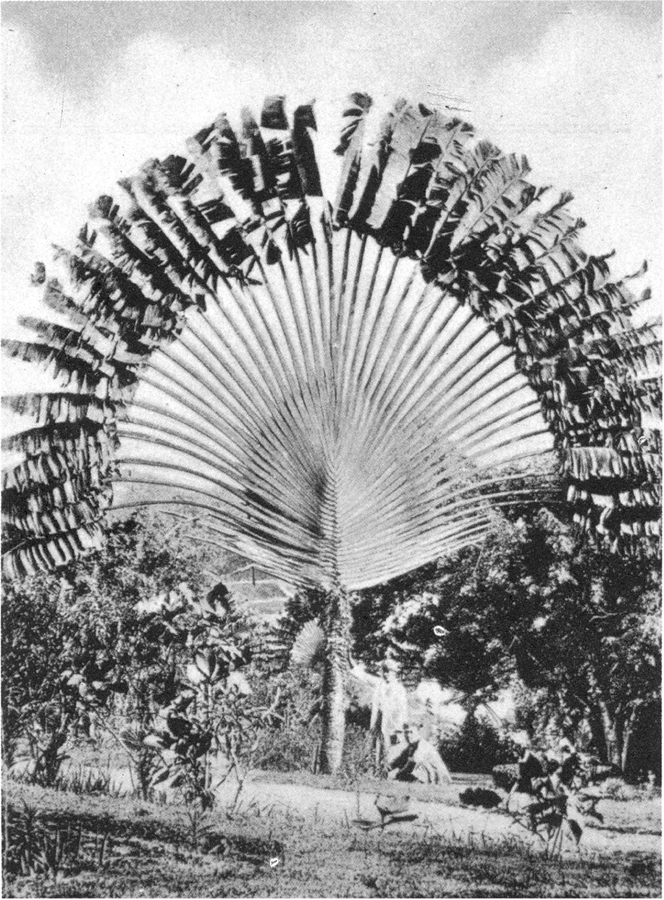
Travellers Tree
Preface
If no untimely fate awaits it, Singapore promises to become the emporium and pride of the East.
Sir Stamford Raffles, 1823
Travellers to Old Singapore could only arrive by sea unless coming from up-country Malaya. It was not until 1934 that a regular weekly air service was introduced from London to Singapore by Imperial Airways. This journey, however, took eight days to complete with overnight stops along the way, and tickets cost the equivalent of a years pay for an average Briton. So even then it was the shipping lines which continued to offer the preferred method of travel for most.
Singapore owes its very existence to its fortunate position on the sealanes of the world a fact that Stamford Raffles recognised and acted upon in 1819. The new settlement supplied the needs of maritime life and, over the next few decades, steadily developed opportunities for worldwide trade.
But when the Suez Canal opened in 1869 the pace of change greatly increased. Joseph Conrad, an author widely admired for his portrayals of seafaring life, made his home in Singapore for a year or two in the 1880s. He maintained in one of his novels that the Canal had let in upon the East a flood of new ships, new men, new methods of trade. It had changed the face of the Eastern seas. Stimulated by this change, Singapore flourished and its population grew rapidly from 50,000 to over 400,000 by the time of its first centenary in 1919.
The number of visitors increased too. Traders and merchants were now joined by the new class of world travellers arriving by steamer who were described in Conrads novel as being like relays of migratory shades condemned to speed headlong round the earth without leaving a trace. In this, Conrad was only partially correct. A good number of those coming to Singapore, whether for amusement, business or duty, did leave a trace. They made a record of their visit, in letters, diaries, articles and books, which we can still read with pleasure today. Through their own words we can recapture the essence of a Singapore now long gone; but without that past of shophouses and godowns (and even tigers), todays successful high-rise city of steel and glass would not exist.
In the following pages we share the experiences of those men and women, not unlike ourselves, as they enjoy (or sometimes endure) life in the Singapore of former times. We may perspire with them as they push their way through motley crowds along the five-foot ways; as they try to make themselves understood while exploring markets, temples and mosques; watch wedding celebrations and strange festivals; master their first practical lessons in the eastern art of bargaining, and later perhaps find themselves, by intent or otherwise, in red-light districts.
The untimely fate which Raffles had considered a possibility for Singapore did indeed befall the city in 1942, and progress of all kinds stopped. But the city survived and has since prospered to fulfil the most optimistic dreams of its founder as it embarks on its third century of growth and change.
This special Bicentennial Edition of Travellers Tales is offered both as a tribute to Singapores historic past and as a token of confidence in its future good fortune.
MICHAEL WISE
In Anno 1703, I called at Johore in my Way to China, and he [the Sultan] treated me very kindly, and made me a Present of the Island of Sincapure, but I told him it could be of no Use to a private Person, tho a proper Place for a Company to settle a Colony on, lying in the Centre of Trade, and being accommodated with good Rivers and safe Harbours, so conveniently situated, that all Winds served Shipping both to go out and come into those Rivers.

